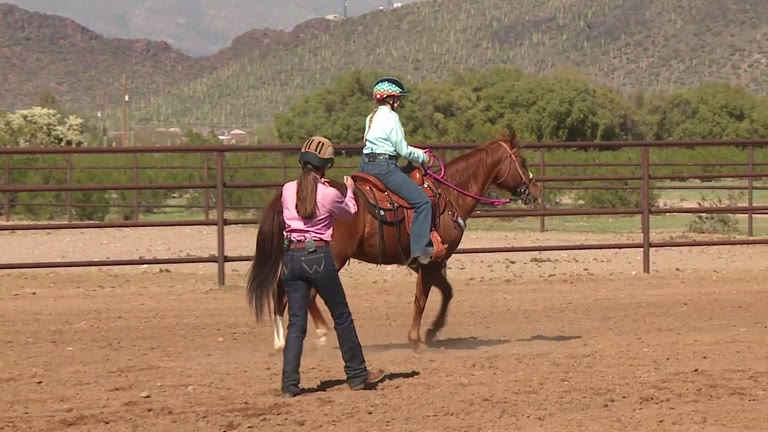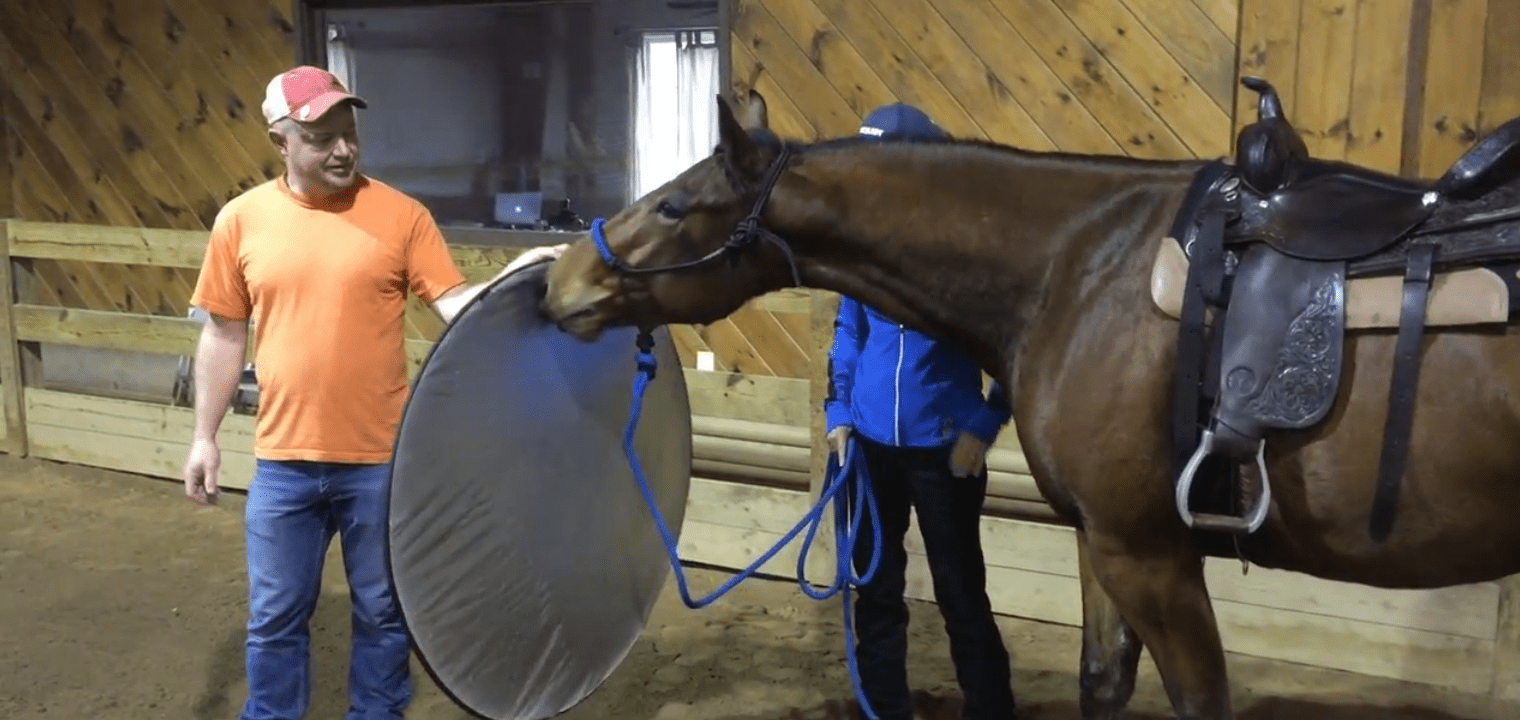Question: I watched a show several weeks ago with Julie helping a rider work with a horse that lifted his head up to get away from the bit. I thought she taught the rider to bring her hands up when the horse lifted his head up and apply alternating rein pressure and release immediately down when the horse lowered its head. I mentioned this to my trainer and she did not think this was correct. Have I gotten it wrong? I looked at all the categories on your website but couldn’t find it. I believe she was working with a chestnut thoroughbred. Thank you if you can help me with this.
Answer: Well, you’ve got it mostly right. When you are having problems with a horse trying to evade the bit, the first thing to check is the horse’s mouth. Have your vet examine his mouth to make sure there are no sharp teeth, other dental problems or tongue scaring that could be contributing to the problem. You always have to rule out a physical problem before addressing a training issue.
The second thing to do is to consider the bit you are using. With all evasive techniques (throwing the head, rooting, above and behind the bit, opening the mouth, putting the tongue over the bit, mouth gaping, etc.), the horse is trying to get a relief from the pressure on his tongue. If you are using a straight snaffle, which creates the greatest amount of tongue pressure, he may do better in another bit. For this reason, I prefer the Myler bits, which are specifically designed to make the horse more comfortable in his mouth.
Once you have ruled out mouth problems and made sure your horse is in the right bit, you can retrain your horse to drop his head when he feels pressure instead of throwing it up. What you want to do is make the horse uncomfortable when his head is up (by increasing bit pressure) and make him comfortable when his head is down (by releasing the pressure).
All your horse wants is a release of pressure. You need to create an association in his mind that when he puts his head down, he gets the release. As with all things in training, how good your timing is will determine how quickly your horse can learn this. As soon as his head comes up, you will pick up on the reins to increase the pressure on his mouth and the instant his head begins to drop, you’ll drop your hands clear down to his neck (making sure to touch his neck with your knuckles to give him reassurance).
With good timing and consistency, your horse will soon learn that when you pick up the reins and increase contact, he should put his head down. Your end of the bargain is to make sure he always gets a release when he does the right thing.
If your goal is to go further and actually teach your horse to round and collect his frame, you’ll need to use all your primary aids (your seat, legs and hands) in an alternating R-L rhythm to cue him. This technique is explained thoroughly and demonstrated on my video, Goodnight’s Principles of Riding, Volume 5: Collection & Refinement. You can also find out more about collection and many other riding skills by typing the topic you are looking for into the search bar, right here in my training library.
Good luck with your horse!
Julie



